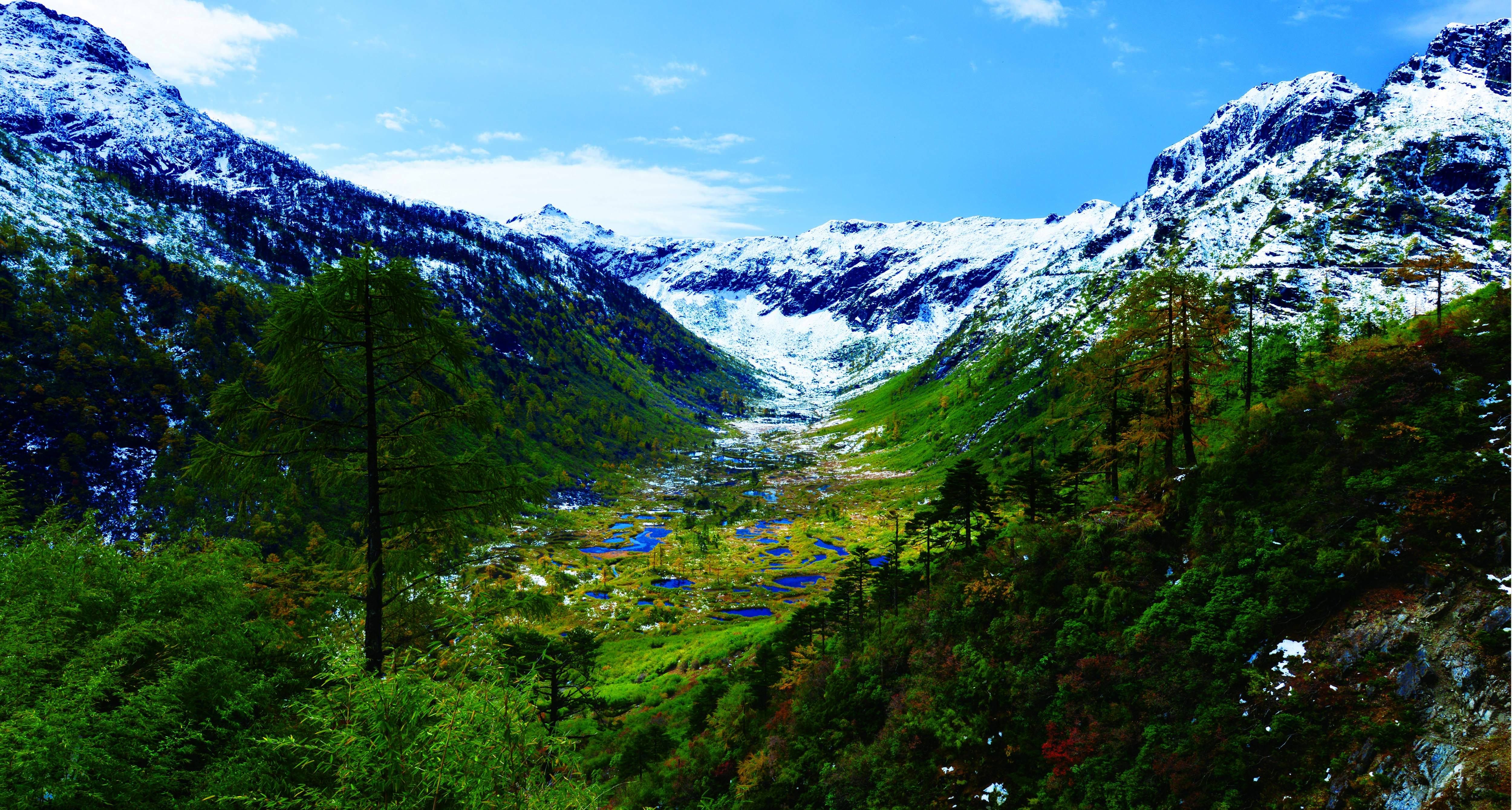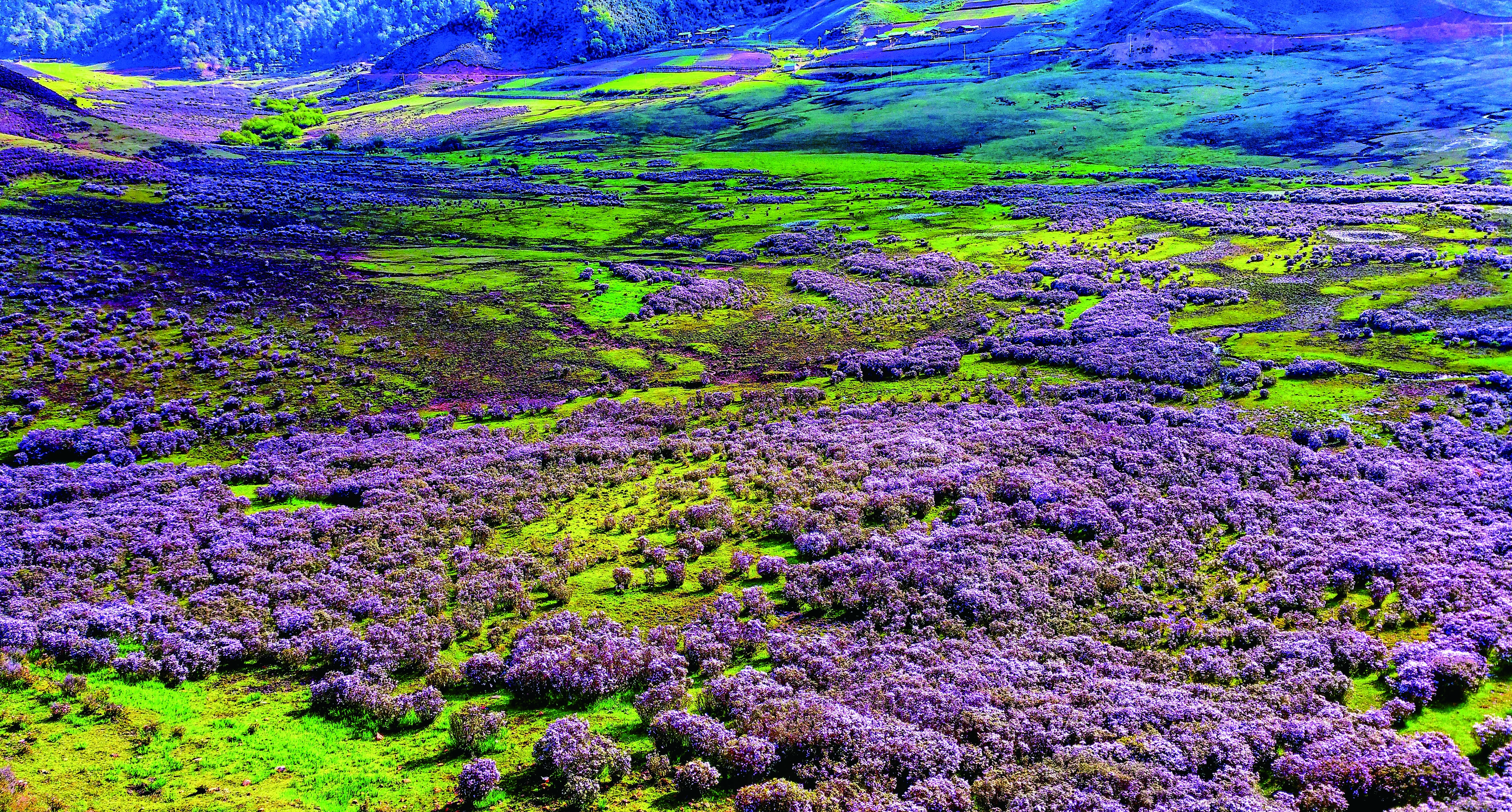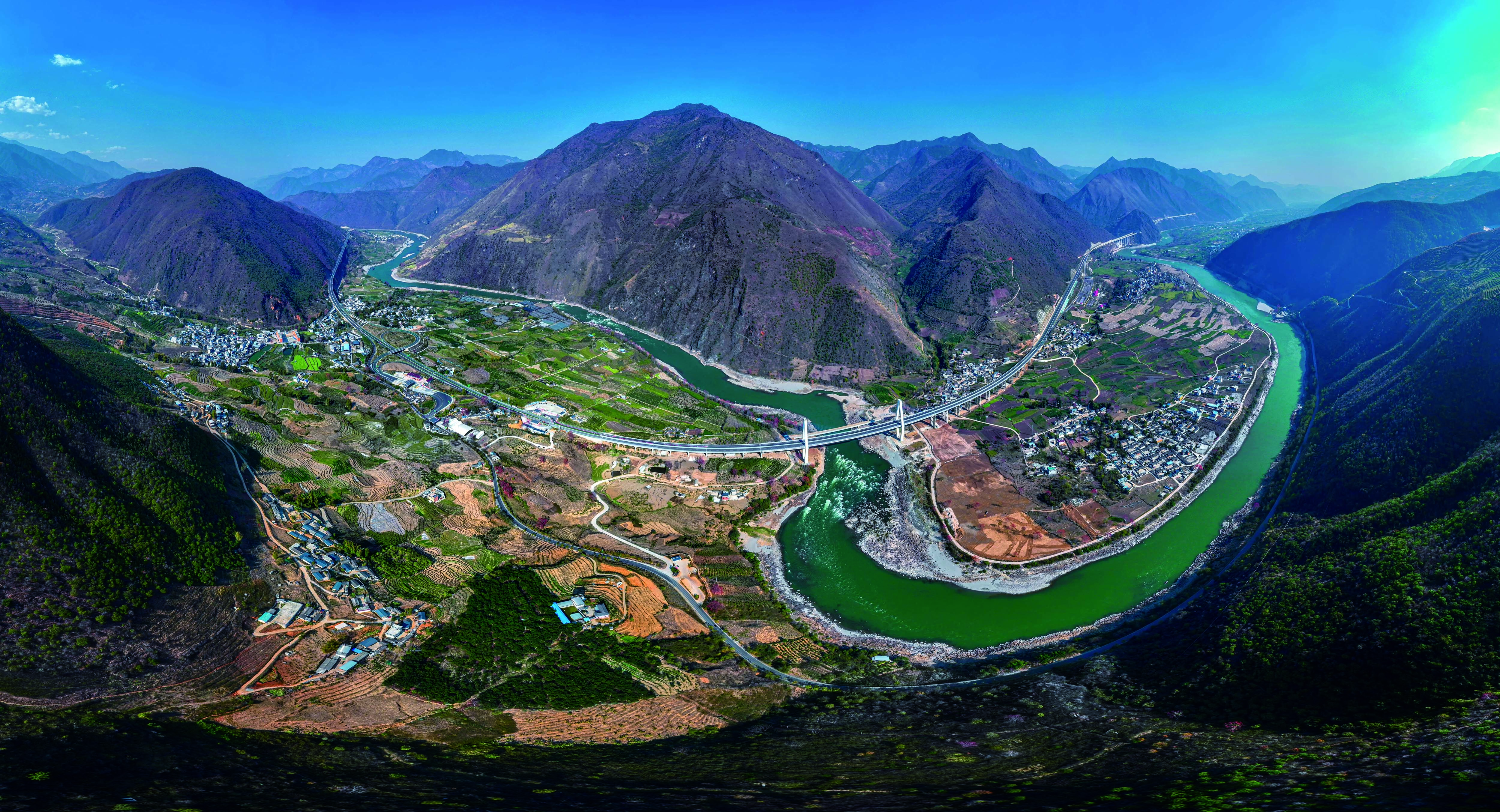
As the morning mist of the Gaoligong Mountains gently spreads over the mountain tops, and the sound of the waves in the Nujiang River Grand Canyon continues to surge, the Nujiang is about to welcome a scientific event in the wave of biodiversity conservation and regional high-quality development.
Nujiang Biodiversity: Natural Gene Bank and Ecological Barrier

1. Shelter for Flagship Species
Nujiang Prefecture is located in the hinterland of the Gaoligong Mountains National Nature Reserve, one of the global biodiversity hotspots. It is home to the critically endangered Nujiang golden monkeys, whose population numbers only a few hundred, making it a flagship species for primate conservation in China. In addition, the Nujiang River is also home to nationally protected animals such as the green peacock, clouded leopard, Gaoligong antelope, money leopard, white-tailed slightly rainbow pheasant, Gongshan muntjac, and red panda, as well as a variety of plants with very small populations, such as the Yunnan red bean tree, Cyathea spinosa, dove tree with glossy leaves, bald fir, and long-stamen magnolia, and other nationally protected plants, constituting a unique network of biodiversity.

2. Natural laboratory of vertical ecosystem
The Nujiang Valley has a complex topography with an altitude difference of more than 4,000 meters, forming a complete vertical climate zone from the tropical zone to the cold temperate zone, which has nurtured rich animal and plant resources. This geographical characteristic provides a natural laboratory for scientists to study the adaptation mechanism of species and the evolution of ecological functions.

3.“Yunnan Sample”for Conservation and Restoration
Nujiang Prefecture, with its rich and unique biological resources, is one of the world's three major biodiversity centers, known as“the pearl of the animal and plant kingdoms”and“the world's gene pool of species”, with the Gaoligong Mountain National Nature Reserve and the Yunling Provincial Nature Reserve within its borders. All important areas for biodiversity conservation in Yunnan province have been designated as ecological red lines, and the Nujiang River, as a core area, has successfully achieved population recovery of endangered species through in-situ protection, relocation conservation and artificial breeding. For example, the habitat monitoring and conservation practices of the Nujiang golden monkeys have provided experience in the management of endangered species around the world.
Why Nujiang? Ecological value meets development needs

1. An opportunity to transform an ecologically fragile area
The Nujiang River is a resource-rich but ecologically fragile area that has long faced the challenge of balancing economic development and environmental protection. Through this event, the Forum will focus on the“ecological restoration + green industry”model, such as promoting the community co-management experience of the Nujiang Golden Monkey Sanctuary, developing eco-tourism and specialty agriculture, and helping the local community move from an environmental pain point to an ecological highlight. This will help the local community transform from an“environmental pain point”to an“ecological highlight”.

2. A testing ground for science and technology-enabled regional high-quality development
Tengchong Scientists Forum has always emphasized the deep integration of science and technology and industry, so that science and technology innovation“key variables”into the“maximum increment”of economic development. Nujiang's medicinal plant resources (e.g. Yunlian, Yunmuxiang, Chonglou) and agricultural specialties (e.g. grasses and fruits, coffee, tea) have great potential for development. The forum will introduce technologies such as molecular breeding and smart agriculture to promote the sustainable utilization of resources. Drawing on the results and ideas proposed in the 2024 Tengchong Scientists' Forum on Biodiversity and Modern Agriculture sub-forum, the forum will enhance the scientific and technological added-value of Nujiang's specialty agriculture, from macro research on the transformation and upgrading of the food system to micro practice of plant-source pesticides, microbial applications, and other technologies.

3. Bridging International and Local Communities
Nujiang is located in the southwest border of China, an important window for Yunnan Province to face South Asia and Southeast Asia, and an important node of the South Asia Corridor of the“Belt and Road”Initiative. This event will leverage the influence of the Tengchong Scientists Forum to attract the attention of global research experts and enterprises, promote cross-border ecological cooperation and green investment, and create a regional ecological economic corridor.
Invitation to the Nujiang River

From April 18 to 20, 2025,“2025 Tengchong Scientists Forum - Biodiversity Conservation and Regional High-Quality Development (Nujiang)”will be held in Lushui City, Lisu Autonomous Prefecture, Nujiang River. Organized by the Tengchong Scientists Forum Organizing Committee Office and the People's Government of Nujiang Lisu Autonomous Prefecture, the event will focus on the theme of“Protecting Biodiversity, Technology Enabling Ecological Value Transformation, and Promoting Regional High-Quality Development”, and will discuss in-depth biodiversity conservation and regional high-quality development through the Opening Ceremony and Keynote Report, parallel activities, investment docking activities, expert dialogues, special activities and on-site surveys. Through the opening ceremony and keynote report, parallel events, investment matching activities, expert dialogues, special events and on-site surveys, the conference will discuss the cutting-edge topics of biodiversity conservation and regional development.
This event full of wisdom and vigor is not only a dialogue between science and nature, but also a win-win exploration of ecological protection and regional development. Let's look forward to the meeting of Nujiang River, discussing biodiversity conservation and weaving a tougher future for the network of life on earth.
Only this green, the Nu River date.